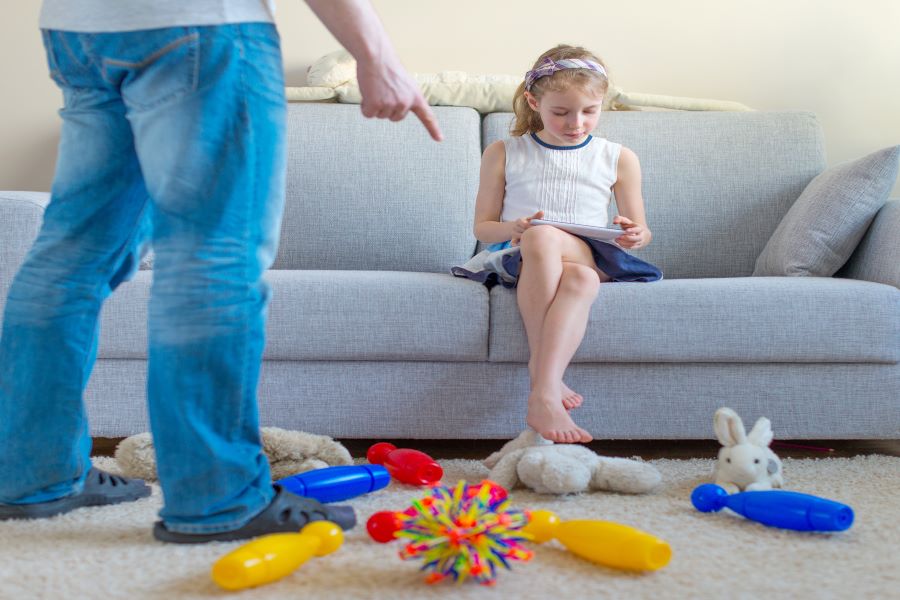4 Effective Ways to Discipline Your Child


While you may not always realize it, discipline for your child begins as early as infancy. Having your child follow a routine for sleep-wake cycle and feeding is a form of discipline that comforts your child and provides you with some sleep. But as your child progresses into toddlerhood and preschool years, the idea of “discipline” can become uncomfortable, yet at the same time highly necessary.
An estimated 90 percent of pediatricians provide discipline advice and education to their patients, according to the American Academy of Pediatrics (AAP). In addition to your pediatrician as a resource, the AAP itself offers some advice to parents on tested and effective disciplinary methods.
The AAP breaks discipline down into four portions: recognizing child development milestones, establishing routines, teaching, and modeling behaviors.
Recognizing child development—The AAP encourages parents to remember that some parts of a child’s behavior represent “growing pains” that may be temporarily unpleasant but are part of a child growing up. From a temper tantrum when he or she doesn’t want to share, to your child’s tendency to roam and be curious in your home: these are all part of growing up.
Discipline, in this case, is a matter of taking stress-relieving steps for yourself. Deep breaths, counting to 10, and remembering that your child is finding his or her way in the world could help you. Another AAP recommendation is childproofing your home to reduce temptations. This means keeping delicate objects out of reach and using safety gates to keep your child away from certain areas of your home.
Establishing routines—Children are predictably unpredictable. They don’t have detailed calendars and will mostly go with the flow—but that often does not work for your sleep and/or work schedule. Routines, with the understanding the routine may change, can help. This means giving your child a general idea of sleep/wake, eating, and play times.
Preschoolers respond best when offered some autonomy and choice. For example, you could ask your child what he or she would like for lunch but not necessarily when they want to eat.
Teaching—The AAP recommends making every effort to use alternative techniques to corporal punishment, such as spanking. Instead, the AAP encourages teaching your child right or wrong with words and through active listening. When your child displays an undesirable action, the AAP recommends taking the following steps:
- Immediately explain the problem behavior as calmly as possible.
- Provide an immediate consequence that is consistent with past disciplines, such as a time-out or removal of privileges.
- Reinforce and explain what will happen if your child repeats the behavior and act as you said you would if your child misbehaves.
- Preschoolers should be especially encouraged to express their emotions with words. Teach your child the words to express how he or she is feeling. Encourage him or her to use these words instead of acting out when frustrated.
- Modeling behaviors—You’ve likely heard it many times, but you are your own best role model for your child. If you model behaviors such as restraint when angry, speaking calmly, and carrying through with what you say you will do, your child will likely respond.
- The AAP says many verbal reprimands and discipline lose their effectiveness when used too frequently. To obtain the best results from your disciplining, you must focus on the child’s behavior and not the child. Doing so can reduce aggressive or oppositional behaviors without the need for corporal punishments.
Sources:
- American Academy of Pediatrics
- Discipline.
American Academy of Pediatrics - Guidance for Effective Discipline.
American Academy of Pediatrics - Practice Guide: Effective Discipline.
Pediatrics: Parents’ Discipline of Young Children - Results from the National Survey of Early Childhood Health.
Powered by Bundoo®










































